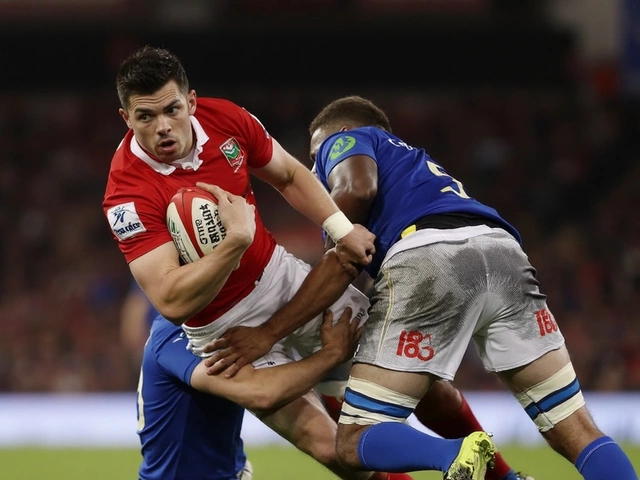Best Lineups: Simple Guides to Winning Formations
Picking the right lineup can be the difference between a win and a loss. Whether you coach a youth side, manage a semi‑pro squad, or just love chatting about tactics, you need a clear picture of how players fit together. Below you’ll find the basics of the most popular setups, why they work, and when to switch them up.
Why the Right Lineup Matters
A good lineup does more than line players up on a sheet. It tells the whole team what the game plan is, where the ball should go, and how to exploit the opponent’s weaknesses. For example, a 4‑3‑3 pushes the attack high, forcing the other defense to stay deep. A 3‑5‑2, on the other hand, gives you extra midfield control and lets wing‑backs bomb forward when you have the ball. When the formation matches the squad’s strengths, the players feel confident, move better, and make fewer mistakes.
Another key point is balance. You don’t want three strikers and no cover for your goalkeeper. Balance means each area of the pitch – defense, midfield, attack – has enough quality to handle the pressure. This is why coaches often start with a base formation and tweak a few spots rather than over‑hauling everything.
Popular Formations and When to Use Them
4‑4‑2 – The classic. Two banks of four keep the shape simple, and two forwards give a constant threat. Great for teams with two solid strikers and a disciplined midfield.
4‑3‑3 – Ideal when you have a fast winger and a target man. The three midfielders can be a mix of a defensive anchor, a box‑to‑box runner, and a playmaker. Use it against opponents who sit deep; the wide forwards stretch the defense.
3‑5‑2 – Works when you have wing‑backs who can run up and down the flank and two strong central defenders. The midfield five can dominate possession, and the two strikers can combine quickly.
4‑2‑3‑1 – Perfect for a team that wants a single striker supported by an attacking midfield trio. The two holding midfielders protect the back line while the three behind the forward create chances.
5‑3‑2 – A defensive lineup that can turn into a surprise attack. Three center‑backs give solid cover, two wing‑backs push forward when you have the ball, and two forwards can exploit counter‑attack chances.
When you’re deciding, look at three factors: your best players, the opponent’s style, and the match situation. If you’re chasing a goal, shift to a more attacking shape like 4‑3‑3. If you’re defending a lead, add an extra defender or a holding midfielder.
Finally, don’t forget the human side. Talk to your players about the role they’ll play, keep the instructions clear, and be ready to adjust if something isn’t working. Small changes – moving a midfielder to a wider spot or swapping a forward for a more defensive striker – can keep the opposition guessing and give you the edge.
Use this guide as a starting point, experiment in training, and watch how the right lineup transforms your game. The best lineups are the ones that fit your squad’s strengths while staying flexible enough to adapt on the fly.

The 2025 MLB season is packed with powerful lineups, headlined by dominant teams like the Yankees and Blue Jays. With players like Jasson Domínguez and Vladimir Guerrero Jr., teams are set to deliver thrilling games and competitive division battles. Health and fresh talent play crucial roles in shaping these formidable lineups.
Continue Reading





